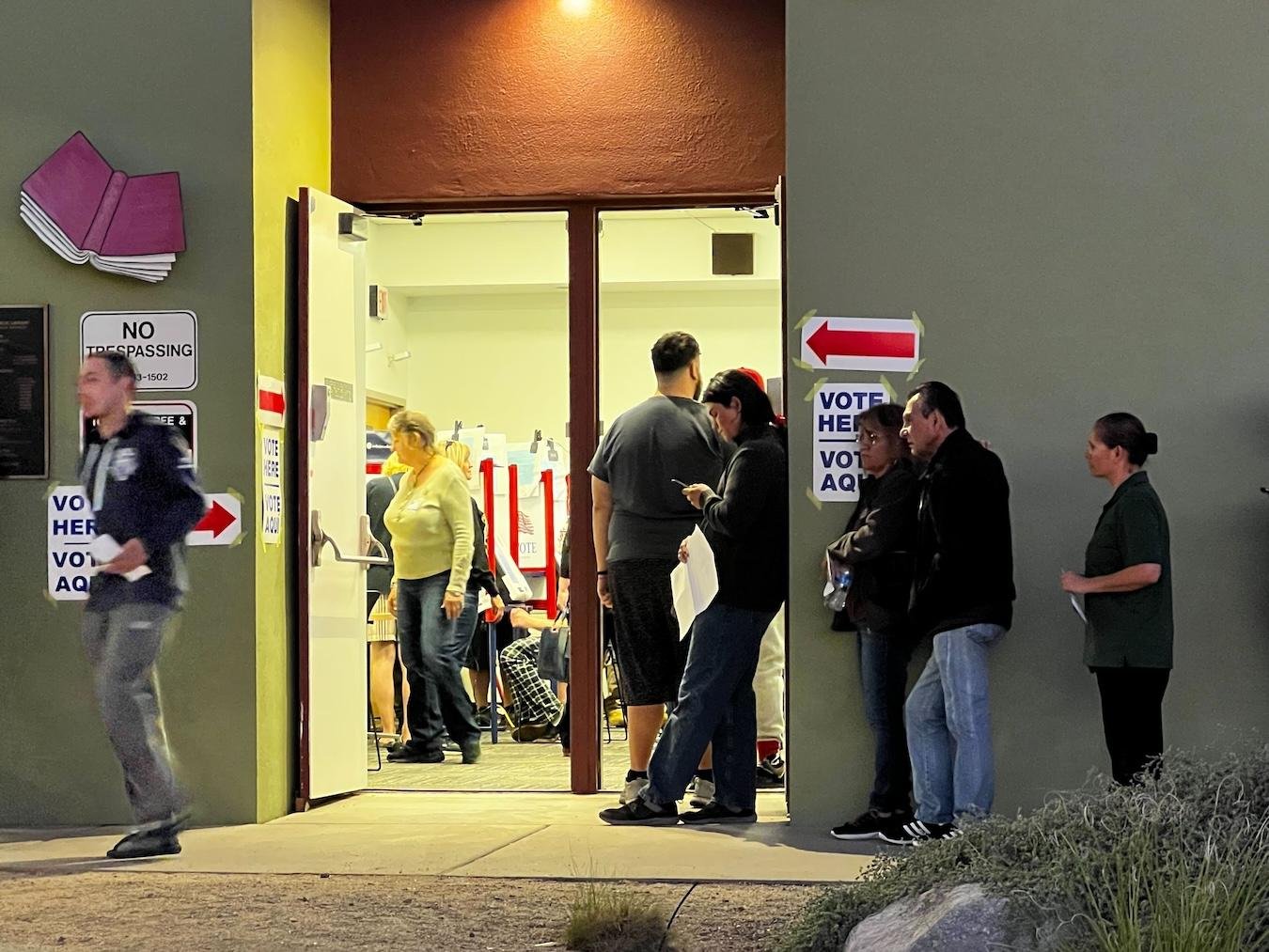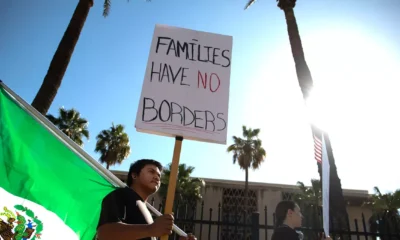arizona
Vote-Swapping Resurfaces in 2024 Amid Protests, Yet Fails to Deliver Results Once More

Progressives eager to challenge Donald Trump’s election bid have turned to an innovative strategy called “Swap Your Vote,” designed for those frustrated with Kamala Harris’s stance on the Gaza conflict. Launched in October, the program connects voters in politically safe states with those in swing states, allowing participants to express their political beliefs while minimizing the risk to the overall election outcome.
The concept revolves around enabling a Democratic voter in a predominantly blue state to cast a protest vote for a third-party candidate on behalf of their matched partner in a swing state. This arrangement aims to let the swing-state counterpart support Harris without compromising their principles.
Vote swapping is not a new phenomenon; it resurfaced in 2000 during Al Gore’s campaign. Back then, various platforms helped connect Nader supporters in solidly Republican states with allies in battleground regions. Despite past initiatives not producing substantial protest votes, this year saw a renewed attempt, attracting around 15,000 matches, according to program organizers.
The Swap Your Vote initiative, backed by organizations like the Landslide PAC and the Movement Voter Project, facilitated connections via email, allowing matched voters to get acquainted and confirm their arrangements. Rae Abileah, one of the founding members from the San Francisco Bay Area, emphasized the initiative’s reliance on mutual trust without coercion at the voting booth.
In a strategic twist, each vote for Harris in swing states exchanged for two protest votes in safe states. Abileah noted that this plan emerged from feedback by grassroots activists who felt it was a significant ask for them to support Harris amid pressing issues. This tactic aimed to align voters’ actions with their convictions as Election Day approached.
For many, the initiative offered a semblance of agency, albeit with mixed results. The Rev. Michael Mulberry from Michigan participated but was left disheartened as Trump ultimately prevailed, and the Green Party fell short of the 5% threshold required for federal funding. Similarly, Laiken Jordahl, an environmental activist from Tucson, acknowledged the program’s potential but expressed regret over its late launch.
Academic insights also shed light on the challenges of vote swapping. Political science professor Mitchell Brown emphasized that a longer lead time is crucial for such initiatives to gain traction and influence voting behaviors. Following up with participants closer to Election Day is also essential for success.
While websites facilitating vote swaps faced legal scrutiny in the early 2000s, the 9th U.S. Circuit Court of Appeals later ruled such practices protected under the First Amendment, distinguishing them from vote-buying. Yet, contemporary legal interpretations remain uncertain. Experts warn that future court rulings could diverge from previous precedents, particularly as the Supreme Court has yet to address the matter directly.
Amidst these developments, the debate on the legal implications of vote swapping remains alive, with arguments for and against its characterization as a legitimate exchange. As the current election climate evolves, initiatives like Swap Your Vote underscore a growing desire among voters to assert their voices in an increasingly polarized landscape.


















